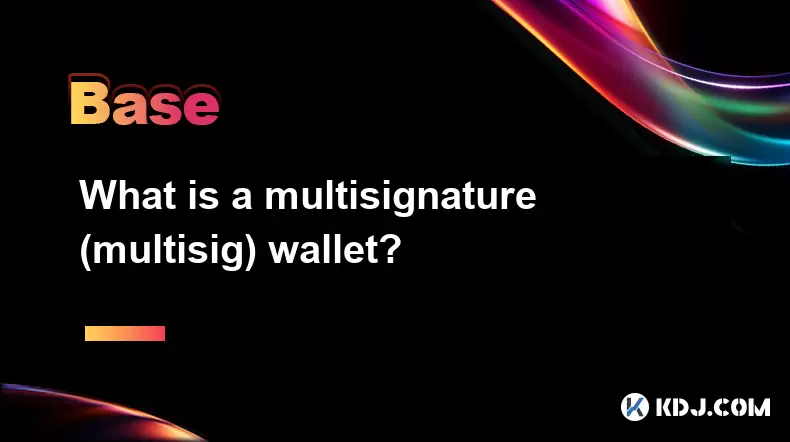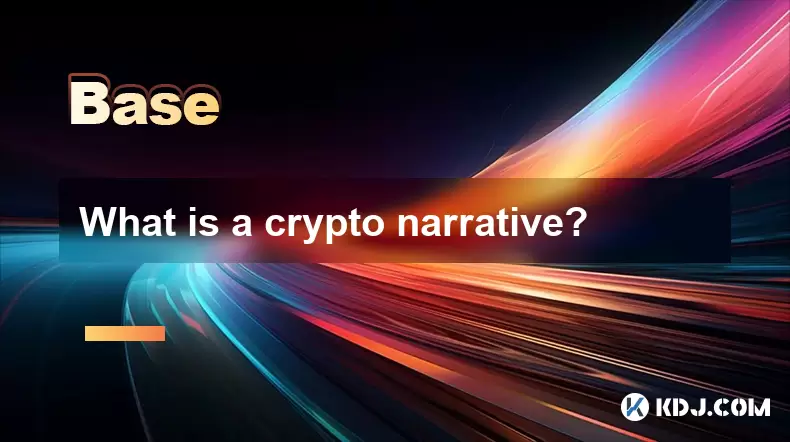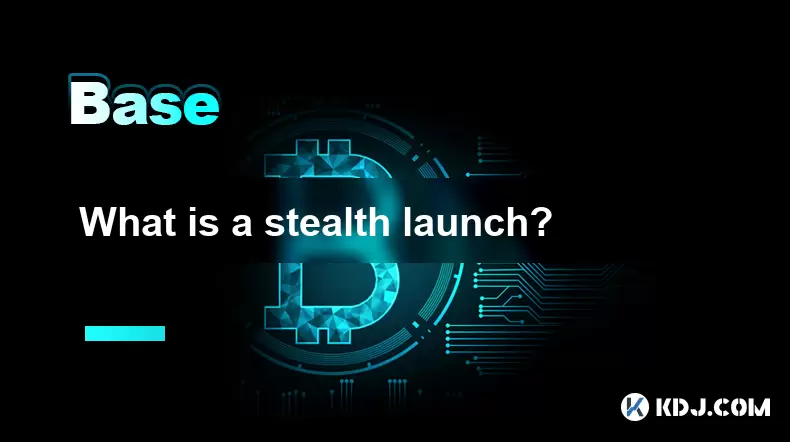-
 Bitcoin
Bitcoin $107,810.8710
-1.45% -
 Ethereum
Ethereum $2,531.4386
-1.75% -
 Tether USDt
Tether USDt $1.0000
-0.03% -
 XRP
XRP $2.2542
-0.99% -
 BNB
BNB $659.1350
-0.50% -
 Solana
Solana $148.5456
-2.40% -
 USDC
USDC $0.9999
-0.02% -
 TRON
TRON $0.2868
-0.44% -
 Dogecoin
Dogecoin $0.1666
-3.65% -
 Cardano
Cardano $0.5751
-2.36% -
 Hyperliquid
Hyperliquid $37.6845
-5.51% -
 Bitcoin Cash
Bitcoin Cash $494.9448
-0.65% -
 Sui
Sui $2.8396
-3.31% -
 Chainlink
Chainlink $13.2423
-2.59% -
 UNUS SED LEO
UNUS SED LEO $9.0482
0.02% -
 Stellar
Stellar $0.2467
-2.44% -
 Avalanche
Avalanche $17.8165
-3.63% -
 Shiba Inu
Shiba Inu $0.0...01158
-2.41% -
 Toncoin
Toncoin $2.7397
-3.42% -
 Hedera
Hedera $0.1560
-2.73% -
 Litecoin
Litecoin $85.8559
-2.34% -
 Monero
Monero $315.3710
-2.30% -
 Dai
Dai $1.0001
0.00% -
 Polkadot
Polkadot $3.3443
-2.03% -
 Ethena USDe
Ethena USDe $1.0001
0.01% -
 Bitget Token
Bitget Token $4.2888
-3.73% -
 Uniswap
Uniswap $7.3388
-1.57% -
 Aave
Aave $278.2986
-3.05% -
 Pepe
Pepe $0.0...09807
-3.67% -
 Pi
Pi $0.4563
-2.39%
What is a multisignature (multisig) wallet?
Multisignature wallets enhance cryptocurrency security by requiring multiple private keys to authorize transactions, preventing unauthorized access and reducing theft risks.
Jul 08, 2025 at 06:00 am

Understanding the Basics of Multisignature Wallets
A multisignature (multisig) wallet is a type of cryptocurrency wallet that requires more than one private key to authorize a transaction. Unlike traditional wallets where a single private key grants full control over funds, multisig wallets introduce an additional layer of security by distributing authorization among multiple parties.
This mechanism is particularly useful in scenarios where shared ownership or enhanced security is desired. For instance, businesses managing company funds or families storing digital assets may opt for multisig setups to prevent unauthorized access.
The structure of a multisig wallet typically follows an "M-of-N" format, where M represents the number of signatures required to approve a transaction and N is the total number of available keys. A common configuration is 2-of-3, meaning two out of three designated signatories must agree before a transaction can proceed.
How Multisignature Technology Works
At its core, multisig technology leverages public-key cryptography and blockchain protocols to enforce multi-party approval. When setting up a multisig wallet, users generate multiple private-public key pairs. These keys are then embedded into a smart contract on the blockchain that governs the wallet's behavior.
Each time a transaction is initiated, it must be signed by the required number of participants before it can be broadcasted to the network. This process ensures that no single entity has unilateral control over funds, reducing the risk of theft or misuse.
The underlying script used in most Bitcoin-based multisig wallets is called OP_CHECKMULTISIG, which verifies whether the correct number of valid signatures have been provided. Other blockchains may implement similar logic through different scripting languages or smart contracts.
Use Cases for Multisignature Wallets
Multisig wallets are widely adopted in various scenarios due to their ability to enhance fund management and security:
- Business Accounts: Companies often use a 2-of-3 multisig setup where the keys are held by different executives or departments. This prevents any single individual from making unauthorized transfers.
- Joint Ownership: Families or couples may utilize multisig wallets to manage shared savings securely.
- Escrow Services: In peer-to-peer transactions, a third party can hold one of the keys to mediate disputes and ensure fair dealings.
- Cold Storage Protection: High-value holdings can be secured using multisig cold storage solutions where physical devices are kept offline and require multiple approvals for access.
These use cases demonstrate how multisig functionality can be tailored to meet specific needs across personal, professional, and institutional settings.
Setting Up a Multisignature Wallet: Step-by-Step
Creating a multisig wallet involves several steps that must be followed carefully to ensure proper configuration:
- Choose a Compatible Wallet Provider: Not all wallets support multisig features. Popular options include BitGo, Electrum, and GreenAddress.
- Generate Public Keys: Each participant generates their own private and public key pair using their chosen wallet software.
- Define Signature Requirements: Decide on the M-of-N structure (e.g., 2-of-3). This determines how many signatures will be needed to complete a transaction.
- Create the Multisig Address: Input all public keys and set the required number of signatures. The wallet will then generate a unique multisig address.
- Test the Configuration: Send a small amount of cryptocurrency to the new address and attempt to send it back using the required number of signatures to verify everything works correctly.
Following these steps ensures that the multisig wallet is properly configured and ready for secure usage.
Security Advantages of Multisignature Wallets
One of the primary reasons users adopt multisig wallets is the increased level of security they provide:
- Reduced Risk of Theft: Even if one private key is compromised, attackers cannot move funds without the additional required signatures.
- Protection Against Internal Fraud: Organizations can prevent rogue employees from misappropriating funds by enforcing multi-signature approval.
- Backup Flexibility: With multiple keys spread across different devices or individuals, there’s less chance of permanent loss compared to single-key wallets.
Additionally, multisig wallets can be combined with hardware wallets and cold storage techniques to further enhance protection against cyber threats.
Potential Drawbacks and Limitations
While multisig wallets offer significant benefits, they also come with certain challenges:
- Complexity: Setting up and managing a multisig wallet can be more complicated than using a standard wallet, especially for beginners.
- Coordination Overhead: Requiring multiple signatures means coordinating with others every time a transaction is made, which can slow down processes.
- Loss of Keys: If one or more participants lose their private keys and the threshold requirement cannot be met, funds may become inaccessible.
Users should weigh these considerations carefully before deciding to implement a multisig solution.
Frequently Asked Questions
Q: Can I convert my existing wallet into a multisig wallet?
Yes, but it involves creating a new multisig address and transferring funds from your current wallet to this new address. You cannot directly convert a single-signature wallet into a multisig one without changing addresses.
Q: What happens if one of the key holders refuses to sign a transaction?
If the required number of signatories does not approve the transaction, it cannot be executed. There is no automatic override unless the original multisig configuration includes a dispute resolution clause or recovery mechanism.
Q: Are multisig wallets supported on all cryptocurrencies?
No, multisig functionality depends on the underlying blockchain protocol. While widely supported in Bitcoin and Ethereum, some altcoins may not fully support multisig transactions.
Q: How do I recover funds if I lose access to one of my multisig keys?
Recovery depends on the initial setup. If you're using a 2-of-3 configuration and lose one key, you can still access funds with the remaining two. However, losing two keys in a 2-of-3 system would lock the funds permanently.
Disclaimer:info@kdj.com
The information provided is not trading advice. kdj.com does not assume any responsibility for any investments made based on the information provided in this article. Cryptocurrencies are highly volatile and it is highly recommended that you invest with caution after thorough research!
If you believe that the content used on this website infringes your copyright, please contact us immediately (info@kdj.com) and we will delete it promptly.
- Bitcoin's Bullish Volatility: Traders Bet on a Q3 Surge
- 2025-07-08 13:10:12
- Meme Coins 2025: Presale Surge and ETF Hopes?
- 2025-07-08 12:30:11
- Gate.io, Pump.fun, and the Mysterious Token Sale: What's the Deal?
- 2025-07-08 12:30:11
- Bitcoin Price Decline: Navigating Support Levels Amid Market Uncertainty
- 2025-07-08 13:15:12
- Pi Coin Price Prediction Today: Is a Breakout Imminent?
- 2025-07-08 12:50:11
- XRP, Breakout, and Altcoins: Navigating the Crypto Rollercoaster
- 2025-07-08 12:50:11
Related knowledge

What is a user-generated content (UGC) NFT platform?
Jul 04,2025 at 01:49pm
Understanding the Concept of a UGC NFT PlatformA user-generated content (UGC) NFT platform is a digital marketplace or ecosystem where users can create, mint, and trade non-fungible tokens (NFTs) that represent ownership of original digital content they produce. Unlike traditional NFT platforms where creators often include professional artists or develo...

What is composability in DeFi?
Jul 06,2025 at 04:07pm
Understanding the Concept of Composability in DeFiComposability in DeFi refers to the ability of decentralized finance protocols and smart contracts to interact seamlessly with one another, much like building blocks that can be combined in various ways to create new financial products and services. This concept is a core innovation within the DeFi ecosy...

What is a "crypto primitive"?
Jul 05,2025 at 10:14pm
Defining the Concept of a Crypto PrimitiveIn the context of blockchain and cryptocurrency, a crypto primitive refers to a fundamental building block or foundational element used in constructing decentralized systems and cryptographic protocols. These primitives are essential for enabling secure transactions, consensus mechanisms, and smart contract exec...

What is a crypto narrative?
Jul 07,2025 at 10:56pm
Defining the Concept of a Crypto NarrativeA crypto narrative refers to the overarching story or theme that drives interest, investment, and development within a particular segment of the cryptocurrency market. Unlike traditional financial assets, cryptocurrencies often gain momentum not solely based on technical merits but through compelling narratives ...

What is a stealth launch?
Jul 08,2025 at 06:42am
What Exactly Defines a Stealth Launch in Cryptocurrency?A stealth launch refers to the practice of launching a cryptocurrency project without prior public announcement or marketing efforts. This method is often used by development teams who prefer to keep their project under wraps until it reaches a certain level of maturity, adoption, or liquidity. Unl...

What is a fair launch?
Jul 05,2025 at 07:31pm
Understanding the Concept of a Fair LaunchA fair launch refers to the release of a cryptocurrency or blockchain project in a manner that ensures equal opportunity for all participants. Unlike traditional token launches, which may involve private sales, venture capital funding, or pre-mining, a fair launch emphasizes transparency and decentralization. In...

What is a user-generated content (UGC) NFT platform?
Jul 04,2025 at 01:49pm
Understanding the Concept of a UGC NFT PlatformA user-generated content (UGC) NFT platform is a digital marketplace or ecosystem where users can create, mint, and trade non-fungible tokens (NFTs) that represent ownership of original digital content they produce. Unlike traditional NFT platforms where creators often include professional artists or develo...

What is composability in DeFi?
Jul 06,2025 at 04:07pm
Understanding the Concept of Composability in DeFiComposability in DeFi refers to the ability of decentralized finance protocols and smart contracts to interact seamlessly with one another, much like building blocks that can be combined in various ways to create new financial products and services. This concept is a core innovation within the DeFi ecosy...

What is a "crypto primitive"?
Jul 05,2025 at 10:14pm
Defining the Concept of a Crypto PrimitiveIn the context of blockchain and cryptocurrency, a crypto primitive refers to a fundamental building block or foundational element used in constructing decentralized systems and cryptographic protocols. These primitives are essential for enabling secure transactions, consensus mechanisms, and smart contract exec...

What is a crypto narrative?
Jul 07,2025 at 10:56pm
Defining the Concept of a Crypto NarrativeA crypto narrative refers to the overarching story or theme that drives interest, investment, and development within a particular segment of the cryptocurrency market. Unlike traditional financial assets, cryptocurrencies often gain momentum not solely based on technical merits but through compelling narratives ...

What is a stealth launch?
Jul 08,2025 at 06:42am
What Exactly Defines a Stealth Launch in Cryptocurrency?A stealth launch refers to the practice of launching a cryptocurrency project without prior public announcement or marketing efforts. This method is often used by development teams who prefer to keep their project under wraps until it reaches a certain level of maturity, adoption, or liquidity. Unl...

What is a fair launch?
Jul 05,2025 at 07:31pm
Understanding the Concept of a Fair LaunchA fair launch refers to the release of a cryptocurrency or blockchain project in a manner that ensures equal opportunity for all participants. Unlike traditional token launches, which may involve private sales, venture capital funding, or pre-mining, a fair launch emphasizes transparency and decentralization. In...
See all articles

























































































